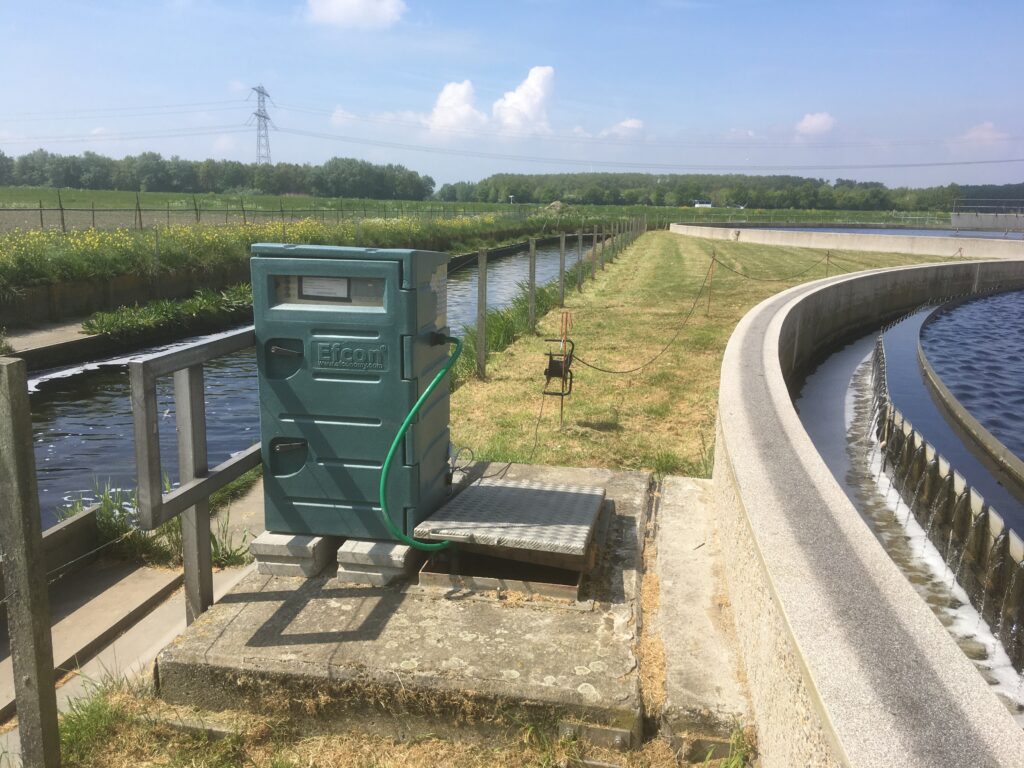The HerCauWer project was launched in 2019. The project’s objective was to demonstrate on a practical scale that flocculant made from aquafer from the drinking water companies can be used to remove phosphorus from municipal wastewater. The tests have shown that this ‘circular’ product equals or exceeds the performance of the commercial products. Moreover, calculations reveal that the environmental impact of this circular alternative is only 1 to 2% of that of the commercial product.
Drinking water companies in the Netherlands produce about 90 ktonnes of aquafer [ferric(hydr)oxide] every year. Research had previously shown that aquafer can be converted into ferric sulphate using sulphuric acid. This ferric sulphate can then be used as a flocculant in water treatment processes.
Traditional flocculant agents generally have a big environmental footprint because of their environmentally harmful production process. This alternative product has a considerably smaller footprint: the aquafer itself is a residual (by-product), while the acid is also a residual from another industry. This makes this circular flocculant a particularly attractive sustainable alternative. The question at that the start of the study was whether this product also had a sufficient removal efficiency.
To investigate this, in the Hercauwer project aquafer from a drinking water production site was acidified with sulphuric acid, which resulted in the formation of a ferric sulphate flocculant. This product was then dosed into the influent of aeration tanks of a treatment line at the Brabantse Delta Water Authority’s Bath wastewater treatment plant. The commercially available alternative was dosed into a second treatment line. In both lines, over a period of one month, the phosphorus concentrations in the influent and effluent were measured on the basis of a 24-hour sampling. The results showed similar removal efficiencies.

In-depth LCA calculations confirmed the indicative calculations: the new flocculent has a far lower environmental impact (1-2%) compared to the commercial alternative. Since considerable amounts of flocculants are used at certain WWTPs, this alternative can make a significant contribution to reducing the environmental impact of these WWTPs. It can in addition be marketed at a competitive price.
For more information: Ronny Theune, theune@aquaminerals.com
Participating organisations: Feralco, Evides, Vitens, Waternet, Brabantse Delta Water Authority, WML and KWR
The Hercauwer project is partly funded by the Ministry of Economic Affairs and Climate Policy with PPS funding from the Premium of the Top Sector Alliance(s) for Knowledge and Innovation (TKI(s)).